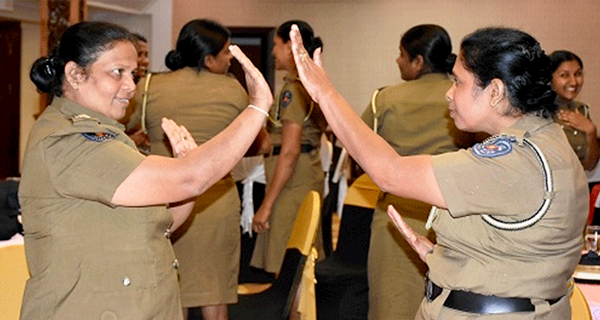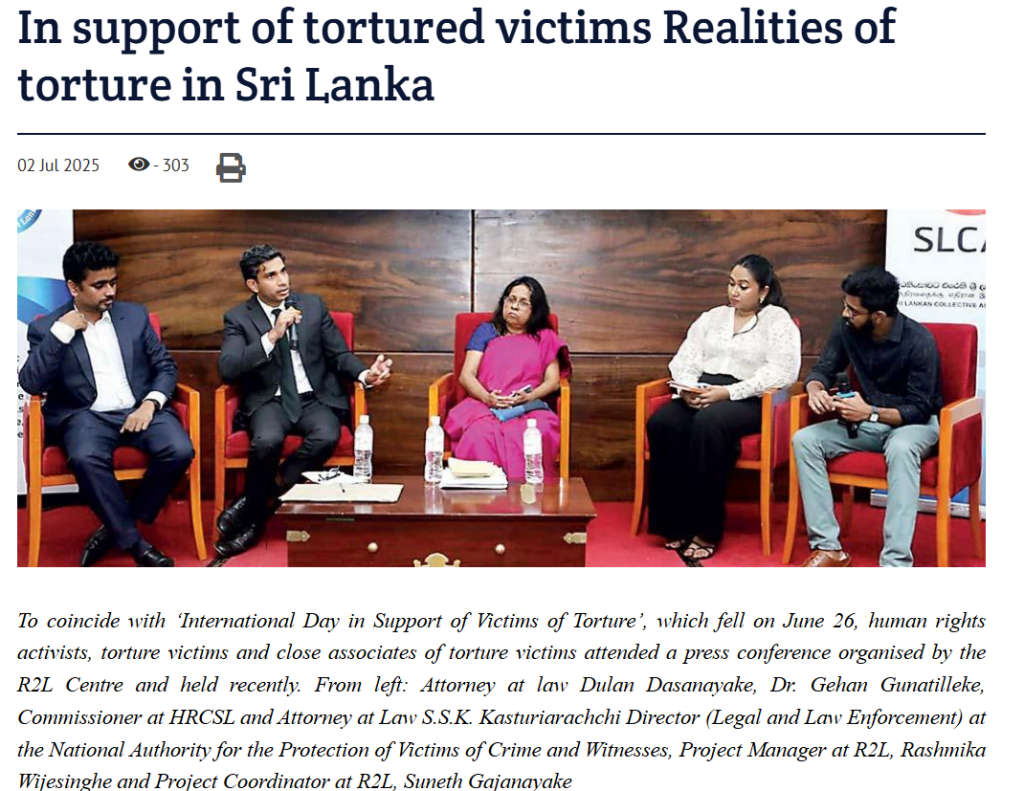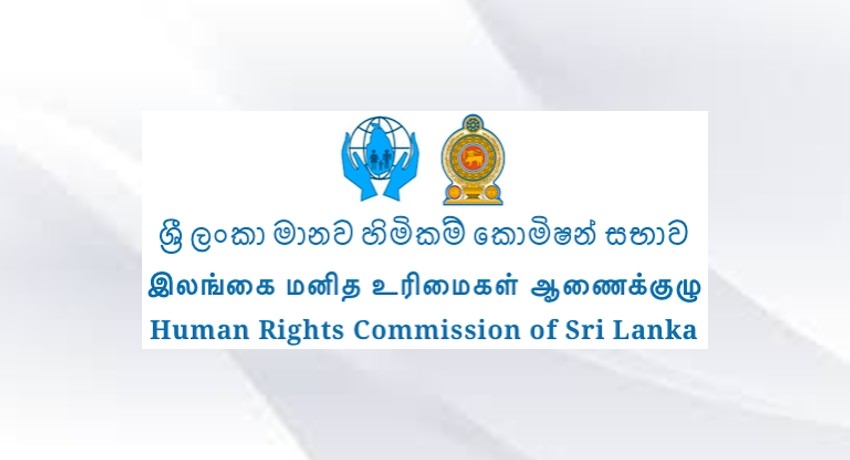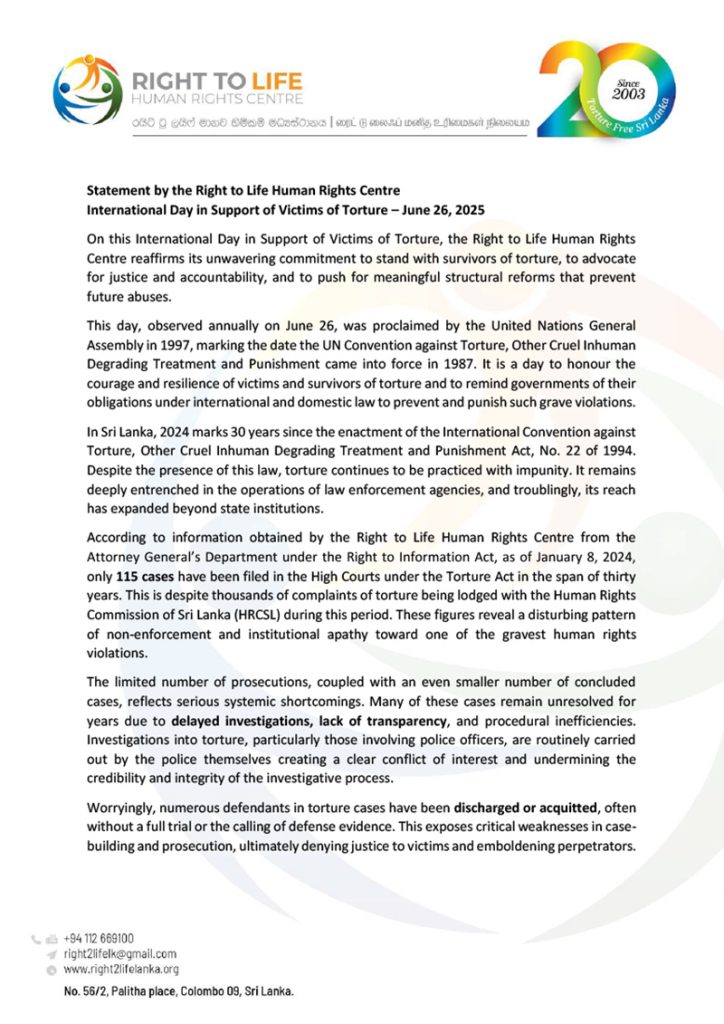Police violence has become a current topic in Sri Lanka. There will be 26 illegal killings in Sri Lanka in 2020 alone, said Philip Dissanayake, spokesman for the Sri Lankan Alliance Against Torture. Police are responsible for about half of those killings. The Department of Prisons is the main agency responsible for the rest. In addition, there were a number of incidents of police torturing suspects in 2020. There were also reports of disruptions, assaults, arrests and harassment of peaceful protesters. In June, activists, including women from the Frontline Socialist Party, staged a protest in front of the US embassy against the assassination of George Floyd.
The period 2015-2019, when the government of good governance was in power, saw some limited control over police violence. The deaths of the suspects were minimal, at least while in police custody. With the inauguration of Gotabhaya Rajapaksa as President, there was more violence in one year than in the previous five years. What is the reason for that?
Whenever the government encourages police violence, the inhumanity of the police takes wing. President Gotabhaya Rajapaksa was a leader who encouraged state violence during his tenure as Secretary to the Ministry of Defense. After and after he came to power, those associated with the government, as well as a section of the electorate, wanted state violence and terrorism. But it is commendable that President Gotabhaya Rajapaksa did not behave like Defense Secretary Gotabhaya Rajapaksa. He still respects the basic democracy that the presidency should respect. This does not mean that there are no problems. The current president has not yet shown any strange good or bad than the presidents of Sri Lanka since 1978. But after he came to power, some seemed to be behaving as he was expected to. The police are the chief among them.
The Minister of Public Security Sarath Weerasekara recently stated that more than half of the less than 80,000 police officers in Sri Lanka are engaged in elite security duties. Do elite security need so many police officers? The Police Special Task Force has been established for this purpose. Also, do the so-called elites of this country need such protection? We need to change this glorious public representative culture of escorting security vehicles, flashing high daylights, honking sirens and ignoring traffic rules and ordinary people’s lives. The police should be removed from elite security. The public-funded police force is not there to protect the public-funded elite. For public safety.
The number of police officers deployed for public security is insufficient. The police officer we meet at the police station, handling road traffic, is a man who suffers from overwork, does not have adequate rest, and does not have a salary commensurate with the middle class expectations, which is a common problem for public servants. Indecent road drivers in the middle of thousands of khaki dress, wearing heavy boots, burning in the sun is not one or two police officers on duty in the number of times victims of road accidents. Several police officers were also killed on the road.
The Police Department is an institution that conducts recruitment and promotion procedures contrary to Article 12 (2) of the Constitution of Sri Lanka. Article 12 (2) of the Constitution states that “no citizen shall be subject to any discrimination on the basis of race, religion, language, caste, sex, political opinion or place of birth or for any other reason.” But police cadres are segregated into genders. It is on this basis that a number of SSPs have filed a preliminary human rights petition against the promotion of Sri Lanka’s first Deputy Inspector General of Police, Bimshani Jasingarachchi. It is not the fault of the petitioners but a problem of the police structure itself. Of the 77,000 officers in the police cadre, less than 8,000 are still women. Most of these officers work in the Police Child and Women Abuse Prevention Bureau. Women and children together make up about 65% of the total population of this country.
Special attention should be paid to the cadre when making changes in the police structure. “Recently we conducted a survey to find out how many personnel or cadres the police need nationally. Accordingly, the police need about 113,000 cadres. Currently the approved cadre is 85,000. But there are actually 77,000 in the police, ”said SSP Renuka Jayasundara of the Police Research and Development Division.
But expanding the police cadre alone will not improve the quality of the police service. This requires a program based on a policy decision to restructure the police as a public service. In particular, with the war, the police service largely absorbed the features of a paramilitary force. Sri Lanka, which maintains a large army even without war, no longer needs police for military duties. Also, the police should no longer be a paramilitary force, despite the ability to enlist the assistance of the Police Special Task Force and, if necessary, the Army in combating terrorism, drug trafficking, and heinous crimes. These paramilitary traits led to more police brutality, extrajudicial killings, disappearances, torture and corruption.
Violence is an inherent feature of the Sri Lanka Police. As a result of the war, it spread to the nerves and bone marrow of the police force. Twelve years after the war, serious government intervention is now needed to change that. This requires a very ambitious program that changes the police from the uniform. Training, retraining, legal education, human rights sensitivities as well as building the soft skills of police officers are important. These gentle skills are very important for being polite, polite, and friendly with their customers.




